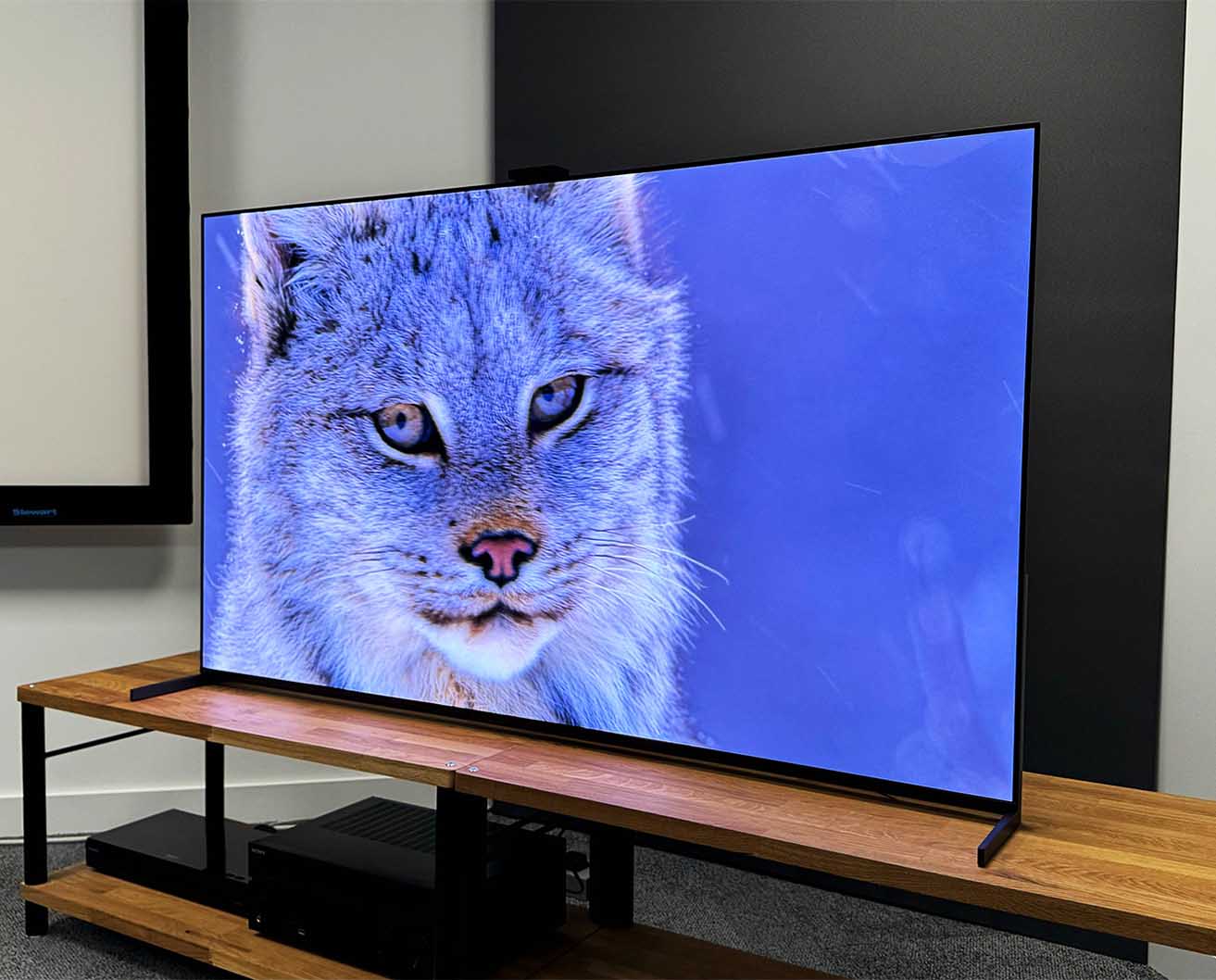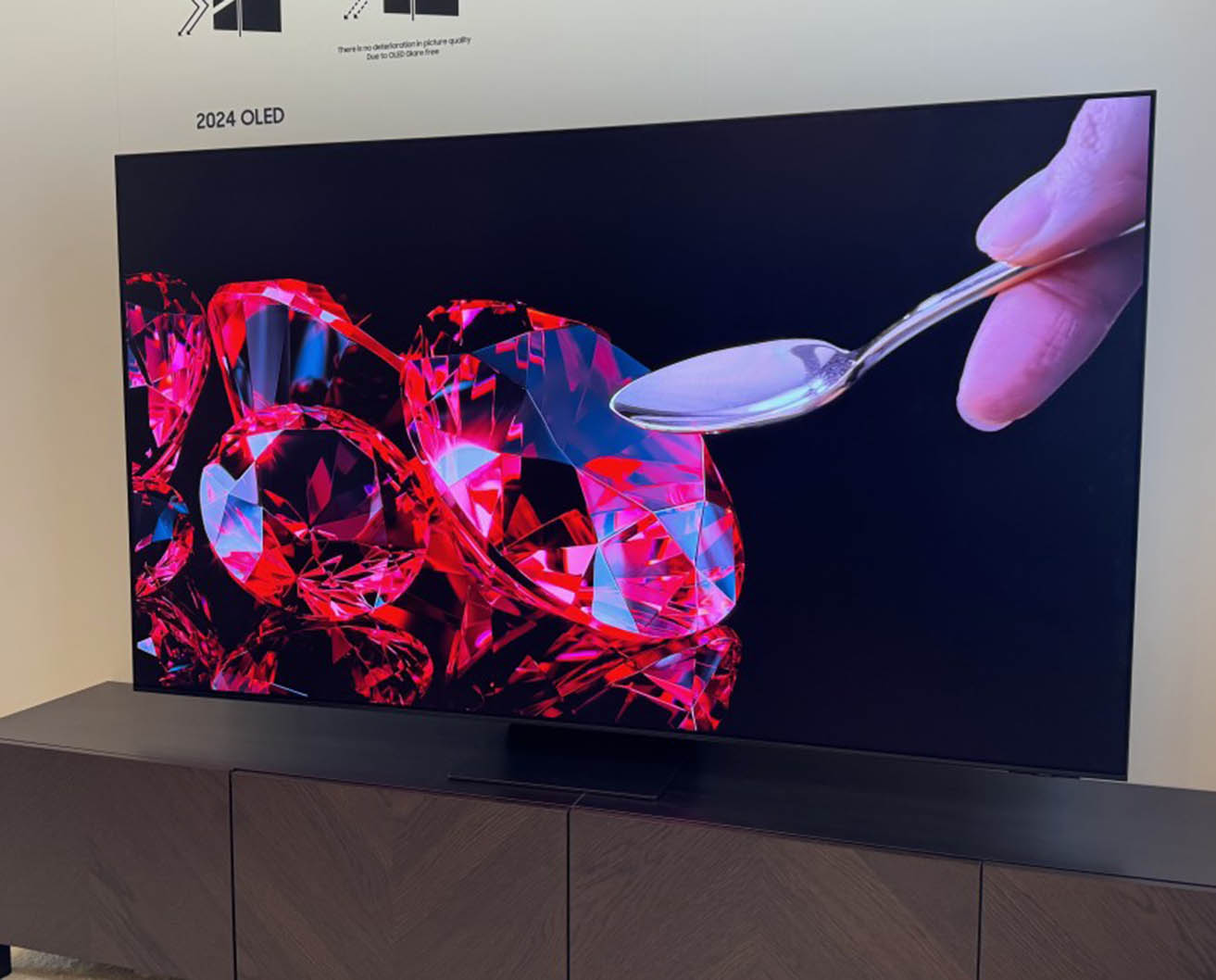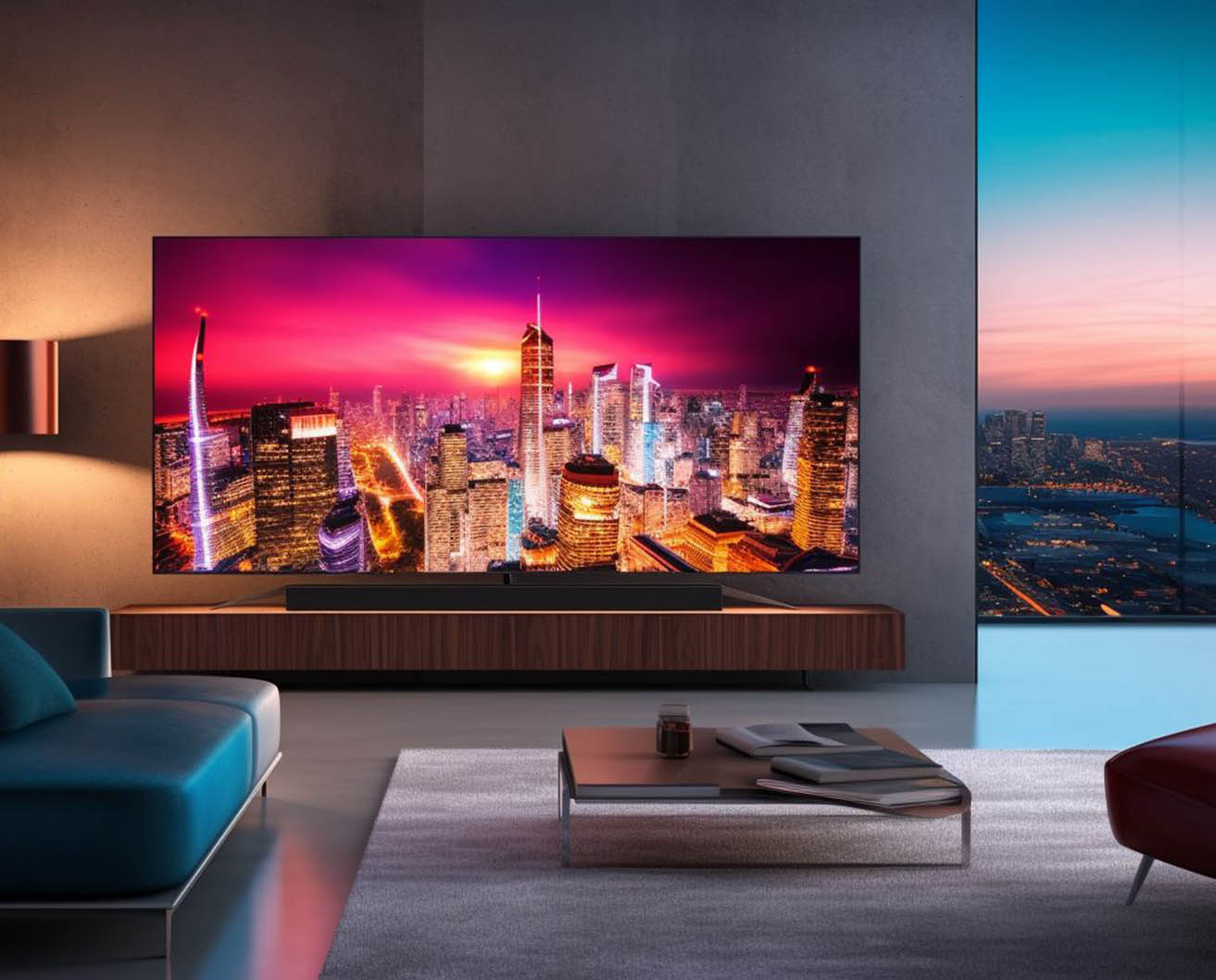With the advancement of technology and the increasing demands of consumers for home entertainment experiences, the revolution in TV picture quality is progressing at an unprecedented pace. 4K resolution has become mainstream, while 8K TVs are beginning to enter more households, becoming the core of next-generation home theaters. In 2025, I personally experienced several newly released 4K and 8K TVs, from picture quality performance and smart features to sound experience, feeling the new shock brought by TV technology. I will combine my real usage experience to recommend some of the most worthwhile home theater TVs in 2025, hoping to help you create the ultimate visual feast.
1. The Essential Difference Between 4K and 8K TV Picture Quality
Before diving into specific product recommendations, let’s talk about the core differences between 4K and 8K picture quality. 4K resolution is 3840×2160 pixels, while 8K is 7680×4320 pixels, which is four times the pixel count of 4K. The more pixels, the theoretically clearer the image and the richer the details—especially noticeable on large-screen TVs and when viewed up close.
However, resolution alone does not define the overall picture quality. The TV’s panel technology, color gamut coverage, contrast ratio, peak brightness, and image processing chip all determine the final image performance. The high-end TVs of 2025 place greater emphasis on HDR dynamic range, local dimming technology, and AI-enhanced image algorithms, enabling 4K TVs to still deliver superb picture quality, while 8K TVs hold greater potential in detail and future compatibility.
2. Best 4K Home Theater TVs of 2025
- Sony A95L OLED 4K TV
Sony A95L is one of the top OLED models in 2025, equipped with Sony’s latest Cognitive Processor XR chip, which deeply analyzes image content and optimizes contrast and color in real-time. The OLED panel is self-emissive, delivering pure blacks and infinite contrast, resulting in a strong sense of layering in the picture.
I especially like the A95L’s color performance, covering 98% of the DCI-P3 gamut with very natural color reproduction. When watching HDR movies, the transitions between light and dark details are incredibly delicate. It supports a 120Hz refresh rate, making fast-motion scenes smooth and blur-free.
The smart system has built-in Google TV, offering a rich app ecosystem, responsive voice control, and stable connectivity. The Acoustic Surface Audio+ technology lets the screen itself produce sound, providing excellent immersive audio.
I purchased it on Amazon.com, with fast delivery and thoughtful after-sales service.
- LG OLED C3 4K TV
LG’s OLED technology remains highly competitive in the market. The 2025 C3 model is powered by the fourth-generation α9 AI processor, delivering outstanding noise reduction and dynamic HDR performance. It uses a self-emissive OLED panel, providing unparalleled contrast and color accuracy.
This TV supports a 120Hz refresh rate and NVIDIA G-SYNC, excelling in gaming performance. It supports Dolby Vision IQ and HDR10 Pro, suitable for a wide range of video content.
In terms of sound, the LG C3 supports Dolby Atmos and pairs with LG’s AI Sound Pro technology to automatically optimize audio, making it very suitable for home theater use.
The design is slim with ultra-narrow bezels, offering a modern aesthetic that looks great in the living room.

I also purchased this through Amazon.com; the accessories were complete, and installation guidance was detailed.
3. The Most Powerful 8K TVs of 2025
- Samsung QN900C Neo QLED 8K TV
Samsung QN900C represents the flagship 8K TV of 2025. It features Mini LED backlighting with over 1600 independent dimming zones, delivering exceptional local dimming effects that improve black levels and contrast.
Equipped with Quantum Matrix Pro technology, it offers vivid and rich colors with wide color gamut coverage. It supports HDR10+ and reaches a peak brightness of 4000 nits, producing bright and layered images.
The processor is upgraded to Neo Quantum Processor Lite, which supports AI upscaling technology that can intelligently enhance lower resolution content to near 8K levels. Even non-8K content looks very detailed in actual viewing.
The system runs Tizen OS, offering smooth operation, rich streaming apps, and smart home integration.
I bought it from Amazon.com, with timely delivery and professional installation service.
- Sony Z9L 8K LED TV
Sony Z9L is another popular 8K TV in 2025, featuring direct LED backlighting and powered by the Cognitive Processor XR 2 chip, providing powerful image processing.
The picture is very sharp, supporting Full Array Local Dimming Pro technology and delicate HDR performance, suitable for users with extremely high picture quality demands. Color coverage reaches 100% DCI-P3, with rich detail layers.
For sound, it supports the Acoustic Multi-Audio system combined with Dolby Atmos, offering immersive surround sound that enhances the viewing experience.
The system has built-in Google TV, with strong compatibility and easy smart operation.
I purchased it via Amazon.com and had a very satisfactory experience.

4. 4K or 8K? My Suggestions
The advantage of 8K TVs lies in future compatibility and extreme detail presentation on large screens, suitable for users who pursue ultimate picture quality and have a sufficient budget. However, 8K content is still relatively scarce, and prices are higher.
4K TV technology is mature, with picture quality close to cinema-level standards and a more affordable price. With excellent panels and powerful image processing chips, 4K TVs satisfy the viewing needs of the vast majority of users.
If your TV usage is mainly for watching mainstream movies and TV shows, gaming, or as a family entertainment center, high-end 4K OLED TVs offer the best cost-performance ratio. If you seek ultimate clarity, plan for long-term use, or watch a lot of 8K content, then 8K TVs are a worthwhile future investment.
5. Key Technologies Enhancing TV Picture Quality
- Panel Type: OLED self-emission provides perfect blacks and contrast; Mini LED backlighting achieves precise local dimming, enhancing HDR performance.
- Image Processing Chip: AI algorithms and deep learning improve image quality, reduce noise, and enhance detail.
- HDR Standards: Support for HDR10, Dolby Vision, HDR10+, etc., to enhance dynamic range.
- Refresh Rate and Response Time: High refresh rates reduce motion blur, improving smoothness in fast-moving scenes.
- Sound Technology: Screen-based sound, Dolby Atmos, multi-driver speaker designs enhance immersive audio experience.
6. Home Theater TV Buying Tips for 2025
- Clarify your usage needs and select the appropriate resolution and size. Smaller spaces suit TVs under 65 inches; medium to large living rooms fit 75 inches or larger.
- Pay attention to panel and chip quality to ensure solid picture foundation.
- Value HDR and smart system ecosystems for daily use and content access convenience.
- Choose reputable brands for reliable after-sales and accessory support.
- Allocate budget reasonably by balancing performance and price.
In 2025, home theater TVs are undergoing a 4K and 8K picture quality revolution, combined with smart systems and premium audio technology, bringing me unprecedented audiovisual enjoyment. From Sony’s A95L and LG’s C3 4K OLEDs to Samsung’s QN900C and Sony’s Z9L 8K flagships, each TV showcases different technological highlights and user experiences.
If you are considering upgrading your home theater, I suggest selecting the model that fits your budget and needs. The recommended TVs above are all available on Amazon.com, with reliable purchasing channels and guaranteed after-sales service. Seize this wave of picture quality upgrades and build your ultimate home theater!



